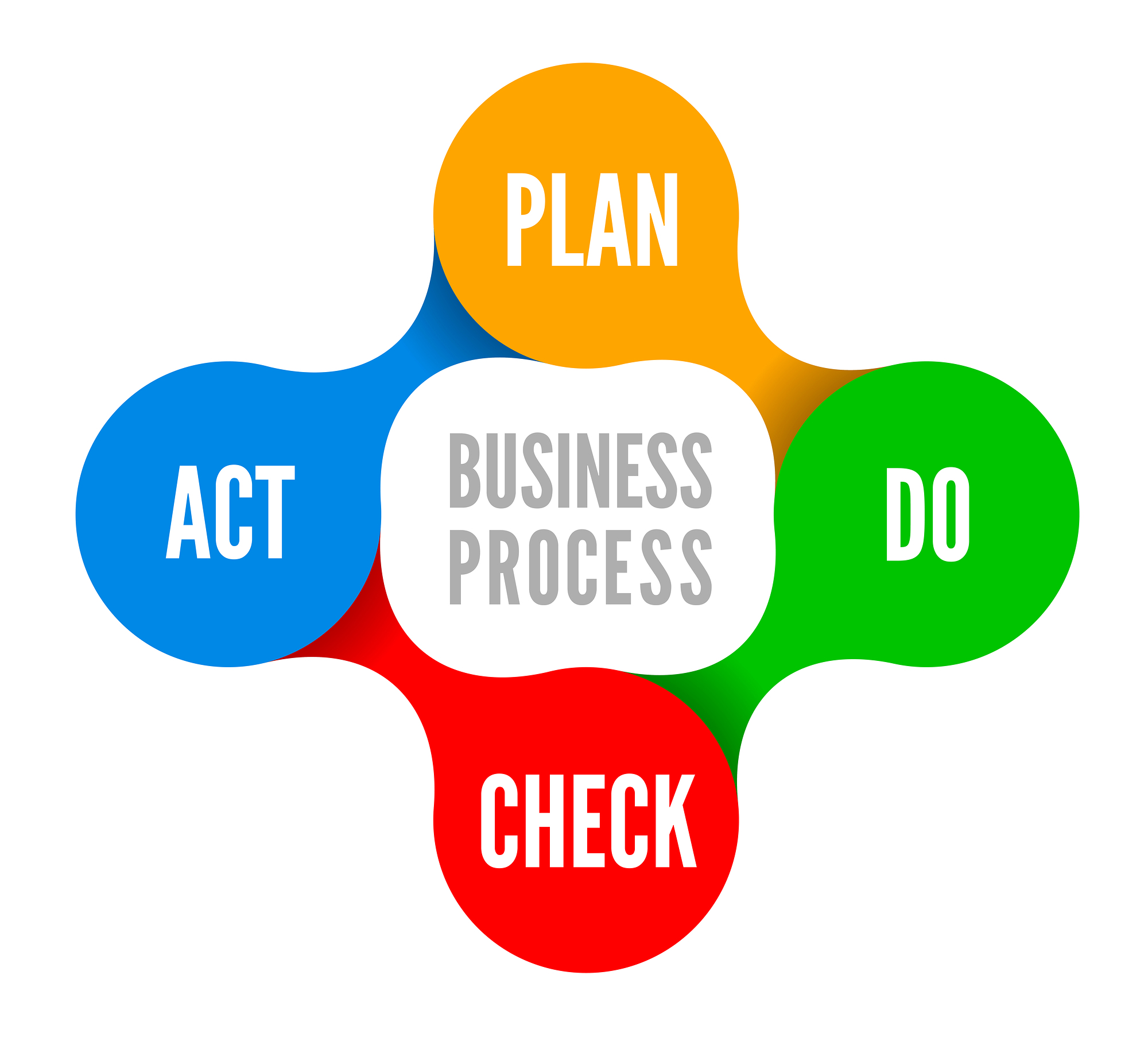In a recent post titled “All the Energy Cost Management Advice You’ll Ever Need”, we describe the importance of accessing data on an ongoing basis in order to deliver continuous results. What does that mean and what does it do for customers?
How does it work now?
- Traditionally, commercial, industrial and institutional buyers were always energy price takers, or at least that’s how it seemed. There was no other way. Customers signed an agreement with a supplier and then 9 to 11 months later, you would then sign another contract.Unless you have specialized knowledge in the energy industry, you often feel as if you don’t have the tools or resources to make informed decisions on you own. You also didn’t see what was wrong with the current energy cost and utility data management process? Other than it took up a lot of time and felt like a headache.
- There’s another problem– customers have felt a sense of inadequacy when interacting with market players. (“This is very difficult, you can’t handle it”). Sometimes information is presented as if there is a dire emergency. If you don’t decide today, you’re going to: (a) miss an opportunity, b) go to an unfavorable rate, c) go back to utility service, d) lead your institution into financial ruin. (We understand that (d) sounds a little extreme, although that’s the impression clients often get.)
So what’s the problem?
There are two problems with this approach, one has to do with the nature of the energy markets in which customers must operate, and the other has to do with the nature of decision making.
First, the reason you have been price takers in the past is thanks to the episodic and one-way flow of information. Commodity markets are volatile. They change every day.
If you put away your energy cost management process and only dust off information once a year, you are betting that nothing, or little, has changed during that time frame. You’re betting wrong. During the course of a year, energy markets typically move, up or down, by 15-25%. That means that if you wait until 30 days before your contract is up for renewal you will either get lucky, or you’ll lose big.
Second, because you are only looking at utility data and energy information and evaluating your options once a year you are putting yourself at a decision making disadvantage… you are not familiar with the energy data, the data collection costs are high, and it is nearly impossible to evaluate options dis-passionately. You don’t have time. There is no room for improvement and the decision process is not clear or obvious. Instead of making clear, informed choices, you spend all your time gathering basic information (year after year) and/or reacting to inscrutable price quotes.
So what can I do about it?
We say, “Transactions are simple; decisions are hard”. The solution to these problems are:
- Get access to ongoing energy usage and cost forecasts.
- Once you do, you will know your energy budgets and how your budget compares to actual realized costs.
- Get energy market updates before, during and after a purchase. On a continuous basis.
- If you do, the decisions AND the transaction will be simple and straight forward.
- Schedule a call with us. In 15 minutes you will know whether you can make improvements to your process.
[maxbutton id=”2″]
Bottom line for businesses: The only way to improve energy cost outcomes is to get better access to market and cost data. You don’t have to be an energy expert, you just need to know how energy markets impact your institution, and then be in a position to act on that information in a methodical, process-driven way.

